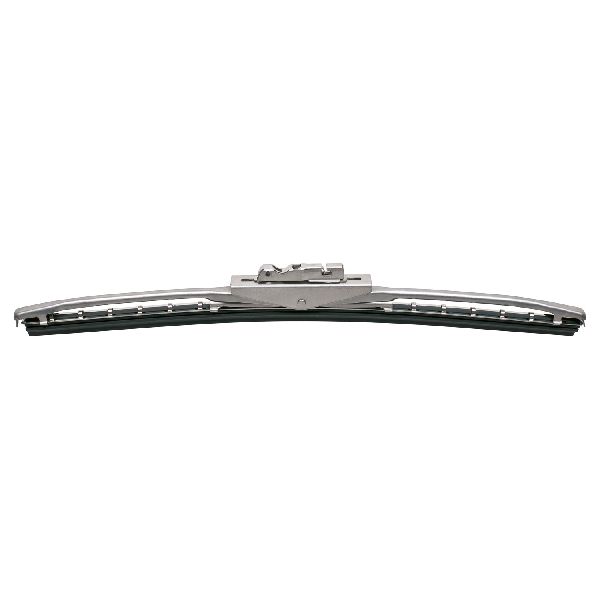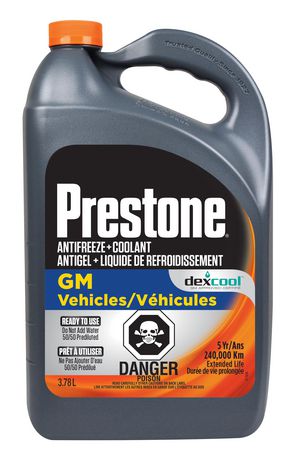
The US and Japan are on the same page in 2013.Īlso from the link above: "The dye color of antifreeze has nothing to do with antifreeze formula or performance. It was confusing for a while, but since most of the industry went to OAT you can't go far wrong with any name brand off-the-shelf coolant. Ultimately it isn't the color but the composition that matters. It uses phosphates to replace the silicates. Prestone Regular or 50/50 is a silicate free OAT antifreeze. Evidence shows it reduces water pump life in certain Japanese import cars. So any OAT antifreeze will work in a Honda, but don't use silicate antifreeze in any Japanese coolant system, Honda or otherwise. In OAT antifreeze the silicate has been replaced with phosphates.ĭomestic cars today all use OAT now, with Chrysler the last to switch. There are silicate antifreezes, used in most domestic cars until recent years, and OAT antifreezes, used in Japanese cars because of their domestic market testing. The internet is already full of opinions and hearsay about this stuff, most of which are contradictory.

Please provide reliable references for any claim you make.

Who should I believe? Will it really result in corrosion if used more than temporarily? This patented formula provides a high degree of performance durability and carefully balanced protection against temperature extremes and rust corrosion of all cooling system metals, including aluminum. Prestone® Extended Life Antifreeze/Coolant is compatible with ANY antifreeze/ coolant – regardless of color – for use in ALL makes and models of cars and light duty trucks. On the other hand, Prestone claims their green coolant is harmless:
#Prestone 50 50 coolant manual#
My car's manual says to use the blue Honda coolant:


 0 kommentar(er)
0 kommentar(er)
